For those with smaller hands, finding the best grip for small hands darts involves prioritizing comfort, control, and consistency to enhance your throwing technique; this often means opting for thinner barrels, specialized grip patterns, and perhaps even lighter dart weights. In this article, we’ll explore various dart grips, barrel designs, and techniques to help you optimize your game.
⚠️ Still Using Pen & Paper (or a Chalkboard)?! ⚠️
Step into the future! The Dart Counter App handles all the scoring, suggests checkouts, and tracks your stats automatically. It's easier than you think!
Try the Smart Dart Counter App FREE!Ready for an upgrade? Click above!
Understanding the Challenges of Dart Grips for Small Hands
Having smaller hands can present unique challenges when it comes to dart grip. Standard dart barrels can feel bulky and difficult to control, leading to inconsistent throws. The key is finding a grip that feels natural and secure, allowing for a smooth release and improved accuracy. Let’s delve into the common issues and how to overcome them.
The Problem with Standard Dart Barrels
Many standard dart barrels are designed with an average hand size in mind. This can result in individuals with smaller hands struggling to maintain a firm and consistent grip. A barrel that’s too thick can cause the hand to overextend, leading to muscle fatigue and inaccurate throws. Ultimately, understanding how barrel dimensions affect your grip is essential for finding the **best grip for small hands darts**.
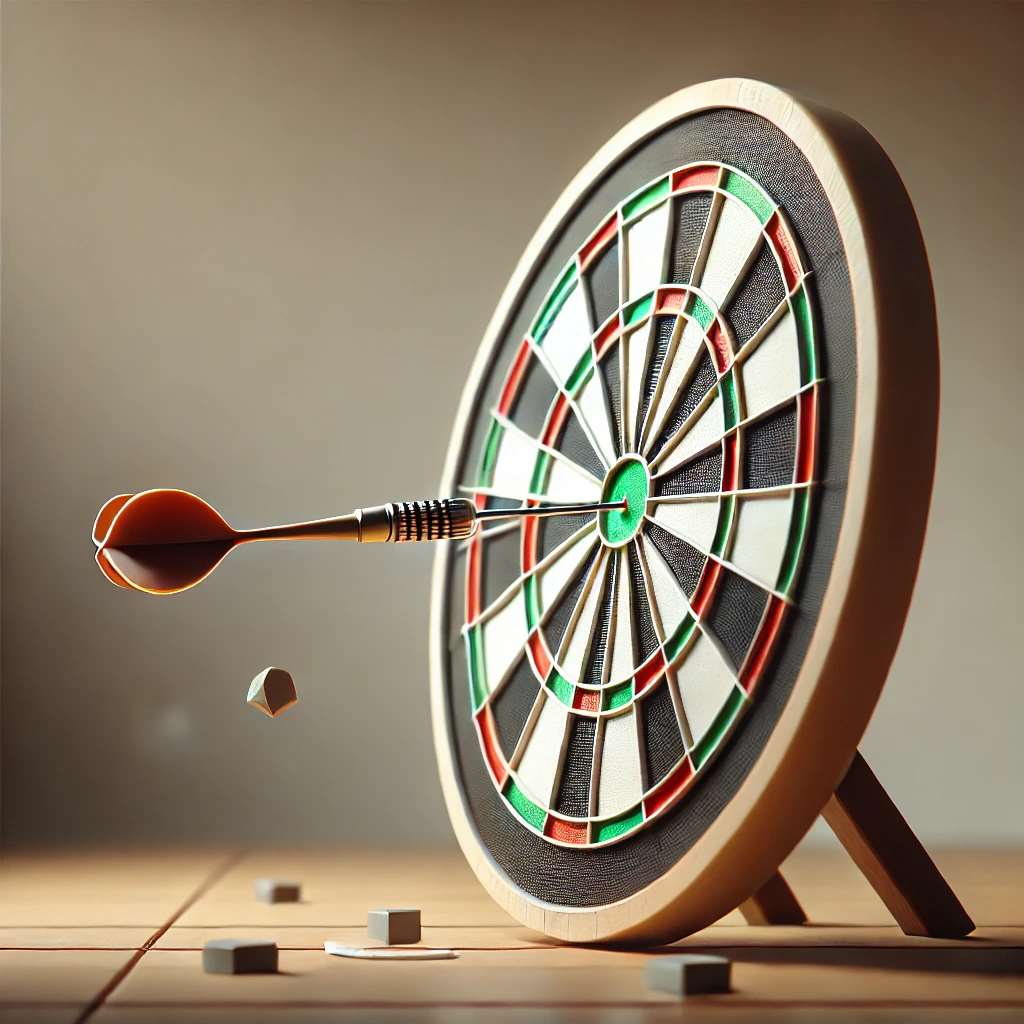
Similarly, the weight distribution of the dart can be a problem. A heavier dart, especially when gripped improperly, can exacerbate control issues. Finding the right balance between barrel thickness, weight, and grip is crucial.
Exploring Different Dart Grips for Small Hands
There are several different dart grips that can be effective for those with smaller hands. Experimenting with these grips is crucial to finding the one that works best for you.
The Pencil Grip
The pencil grip, as the name suggests, involves holding the dart much like you would hold a pencil. This grip typically uses the thumb and index finger, with the middle finger providing additional support. It’s a popular choice because it offers a high degree of control and precision. This can be a beneficial approach, especially when seeking the best grip for small hands darts.
- Pros: Enhanced control, precise aiming, reduced hand fatigue.
- Cons: May require more practice, less power compared to other grips.
The Two-Finger Grip
The two-finger grip is a minimalist approach where you primarily use your thumb and index finger to hold the dart. This grip allows for a very delicate touch and can be highly effective for players who rely on finesse rather than power. This can be beneficial especially if you Choose Best Dart Equipment that aligns with this grip style.
- Pros: Very sensitive, allows for subtle adjustments, minimal interference.
- Cons: Requires excellent finger strength, can be inconsistent if not mastered.
The Modified Three-Finger Grip
This grip is a variation of the standard three-finger grip but is adapted for smaller hands. Instead of gripping the dart further back, focus on positioning your fingers closer to the point of the dart. This provides better leverage and control. When adapting, be sure to find the **best grip for small hands darts** that also considers leverage.
- Pros: Good balance of power and control, versatile for different dart weights.
- Cons: Requires careful finger placement, can be tiring for some.
Choosing the Right Dart Barrel for Small Hands
The dart barrel plays a significant role in how comfortable and effective your grip is. For individuals with smaller hands, certain barrel designs are more suitable than others.
Thinner Barrels
Thinner dart barrels are generally preferred by those with smaller hands. These barrels are easier to grip and control, allowing for a more natural throwing motion. They reduce the strain on the hand and fingers, leading to improved consistency and accuracy. Keep in mind you also need to Choose Right Dart Material Guide that will enable the use of a thinner dart.
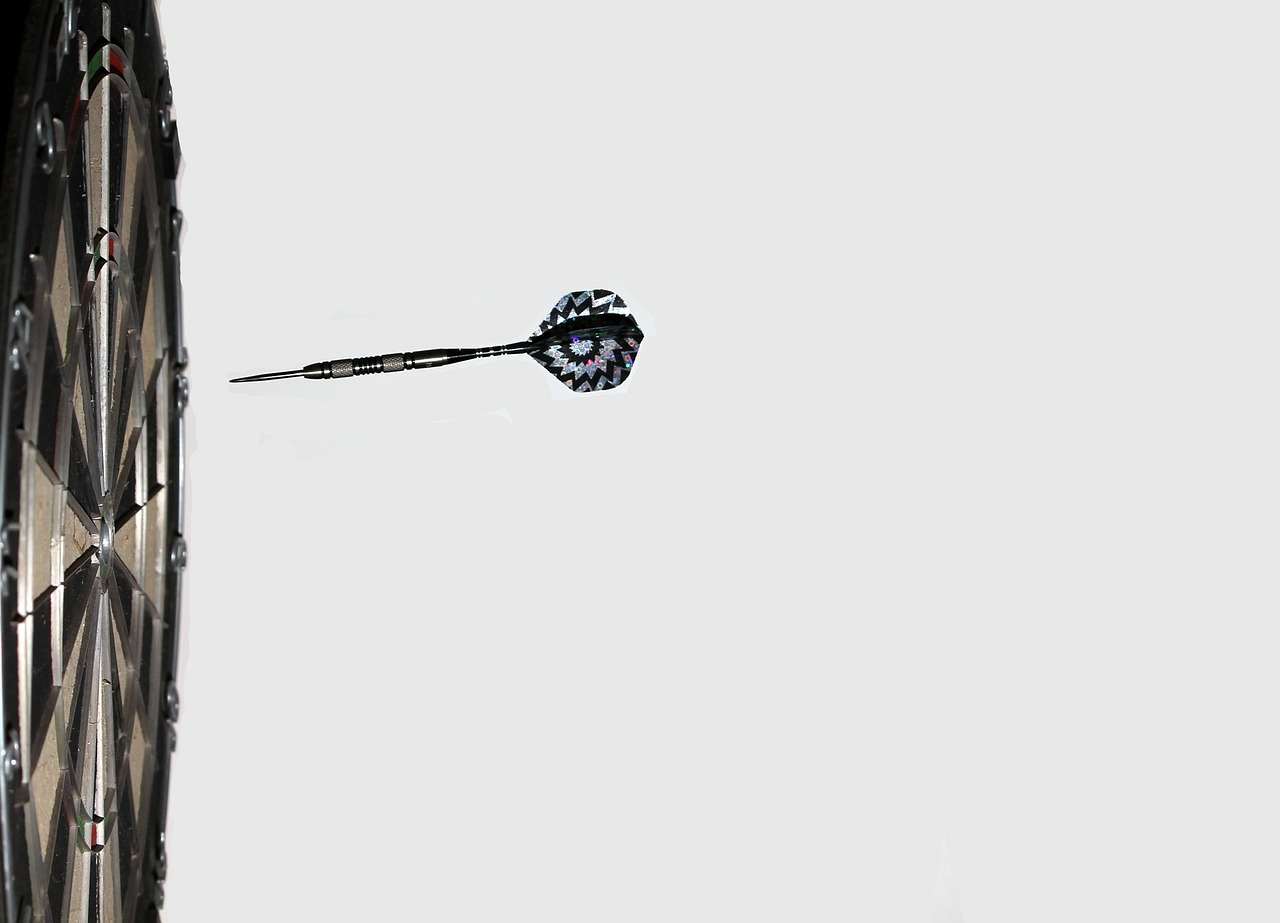
Straight Barrels
Straight barrels offer a consistent grip along the length of the dart, which can be beneficial for those who prefer a uniform feel. They are also available in various thicknesses, making it easier to find a suitable option for smaller hands. Having a consistent feel is one of the major components of having the **best grip for small hands darts.**
Torpedo Barrels
Torpedo barrels, which are thicker in the middle and taper towards the ends, can also work well. The thicker center provides a comfortable gripping point, while the tapered ends allow for a smoother release. These are worth considering depending on your specific hand size and grip style.
Dart Weight and Balance
Aside from the grip and barrel design, the weight and balance of the dart also play a crucial role in your overall performance. Finding the right weight and balance can significantly improve your accuracy and consistency.
Lighter Darts
Generally, lighter darts (around 20-24 grams) are easier to control for those with smaller hands. These darts require less force to throw, reducing strain on the hand and fingers. Lighter darts can also be beneficial for players who rely on finesse and precision rather than raw power. These are helpful for those seeking the **best grip for small hands darts**.
Center-Balanced Darts
Darts with a center balance point tend to be more stable in flight, making them easier to control. This can be particularly helpful for players who struggle with wobbling or inconsistent throws. Experimenting with different balance points is essential to finding what works best for you.
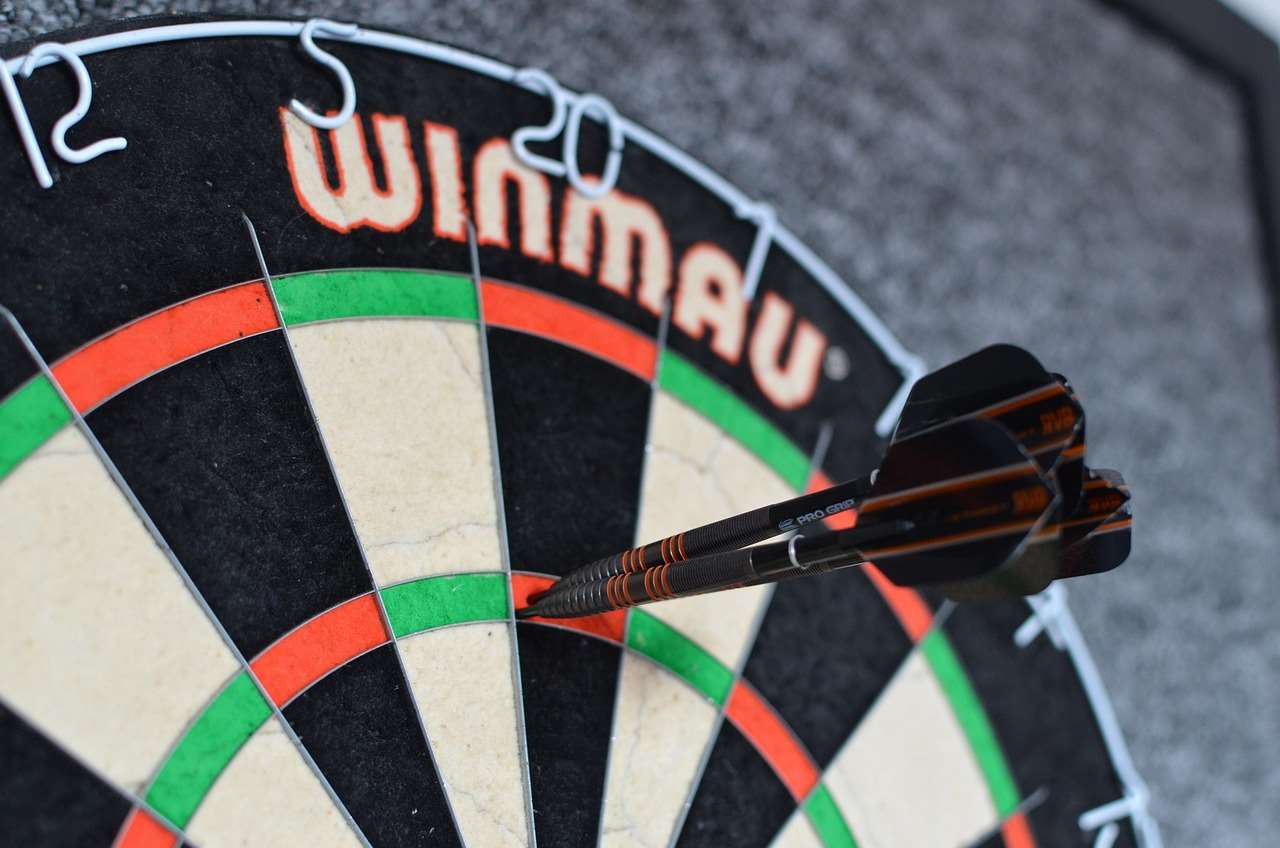
Grip Pressure and Texture
The amount of pressure you apply when gripping the dart and the texture of the barrel are also important factors to consider. Finding the right balance can improve your comfort and control.
Light Grip Pressure
Applying too much pressure can lead to tension and muscle fatigue, negatively impacting your throw. Aim for a light, relaxed grip that allows the dart to flow smoothly from your hand. This will also help you maintain consistency over longer periods of play. Remember to aim for consistency with the **best grip for small hands darts** that you use.
Aggressive vs. Mild Knurling
The texture of the dart barrel, often referred to as knurling, can significantly impact your grip. Aggressive knurling provides a more secure grip, which can be beneficial for those who struggle with slippage. However, it can also be abrasive and uncomfortable for some. Mild knurling offers a more subtle grip, which can be ideal for players who prefer a lighter touch. Consider checking out Best Material For Darts Barrels for a look into how the barrel itself is made.
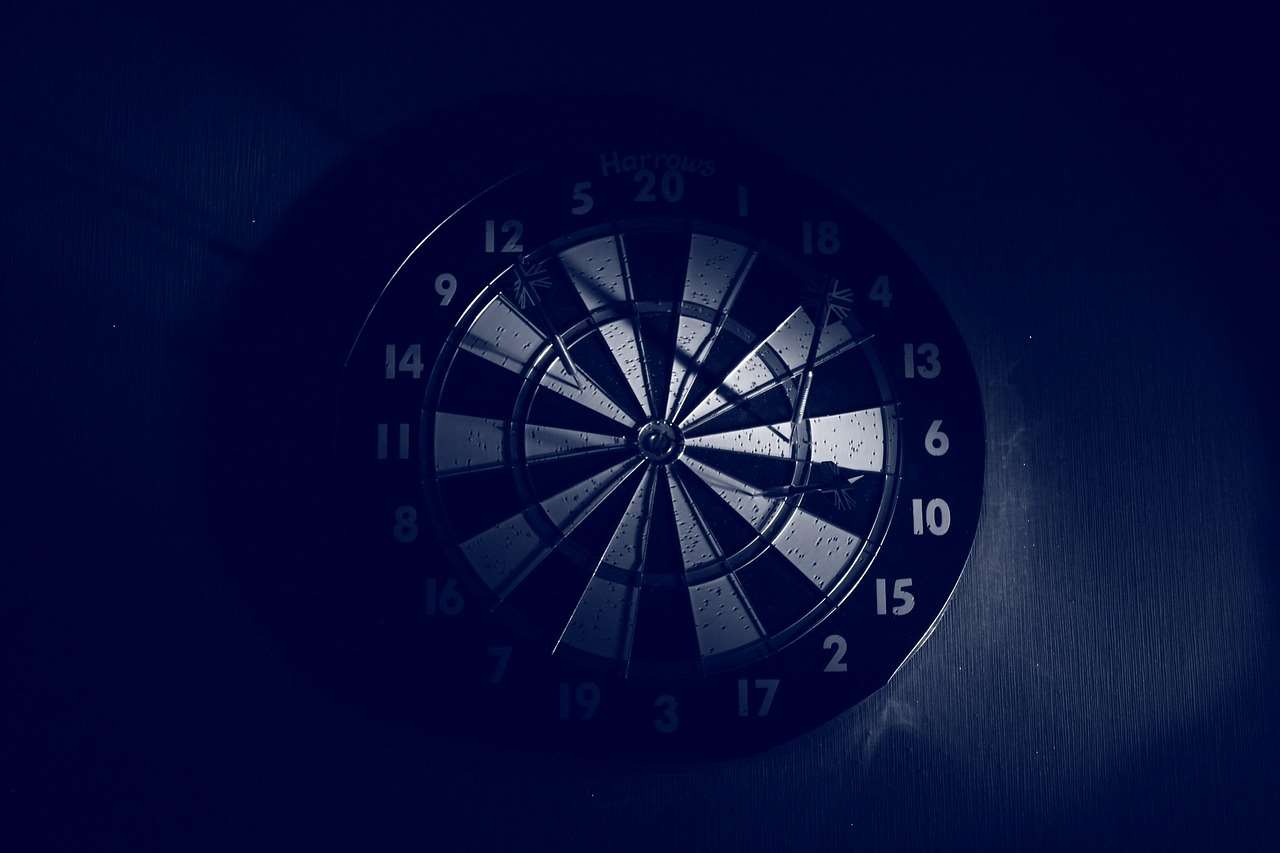
Practice and Fine-Tuning
Finding the **best grip for small hands darts** is an iterative process that requires practice and fine-tuning. Don’t be afraid to experiment with different grips, barrel designs, and dart weights until you find the combination that works best for you.
Consistent Practice
Regular practice is essential for developing muscle memory and refining your technique. Focus on maintaining a consistent grip and throwing motion, even when you’re feeling fatigued. Use your practice time to experiment with small adjustments to your grip and stance to see how they affect your accuracy.
Video Analysis
Recording yourself throwing darts can be a valuable tool for identifying areas for improvement. Pay attention to your grip, stance, and throwing motion. Compare your technique to that of professional players and look for ways to emulate their success.
Additional Tips for Small-Handed Dart Players
Here are some extra tips to further optimize your dart game if you have smaller hands:
- Experiment with Dart Flights: Different flight shapes and sizes can affect the dart’s trajectory and stability. Find flights that complement your grip and throwing style.
- Consider Dart Shafts: Shorter shafts can bring the center of gravity closer to your hand, potentially improving control.
- Focus on Follow-Through: A smooth and consistent follow-through is crucial for accuracy, regardless of your grip.
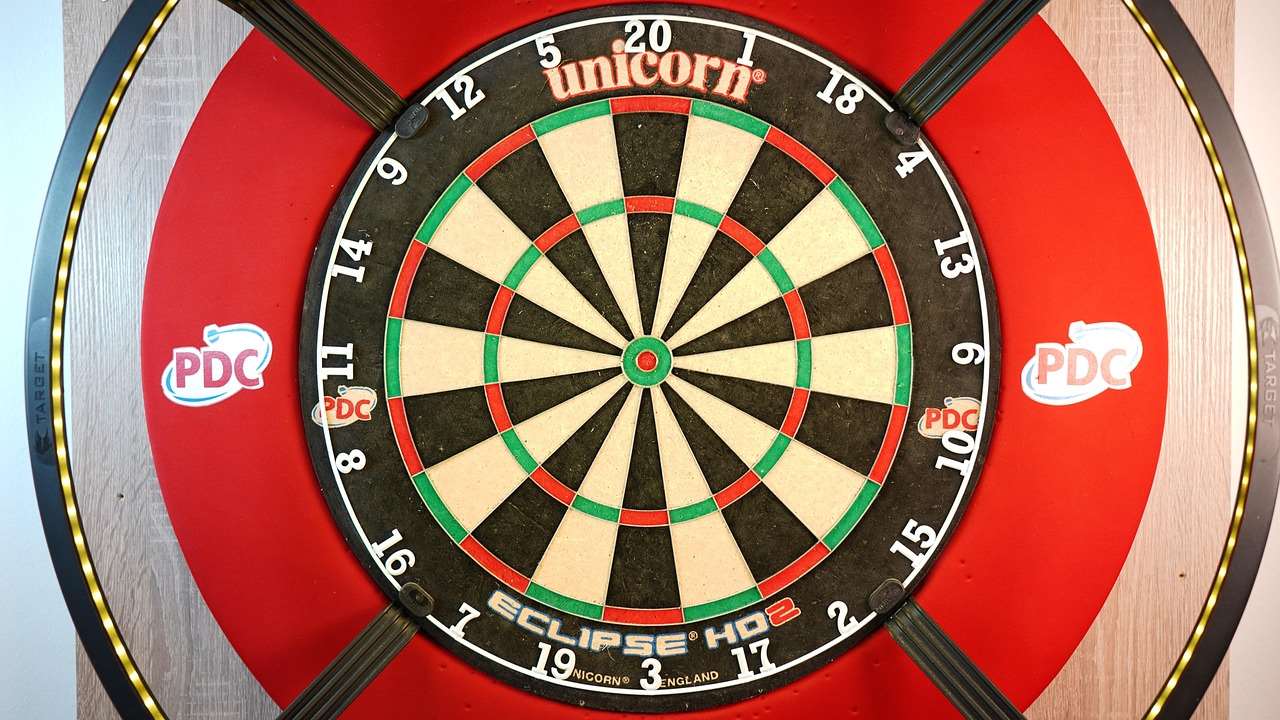
Conclusion
Finding the best grip for small hands darts involves considering various factors, including grip style, barrel design, dart weight, and grip pressure. Experimentation is key to discovering what works best for you. By focusing on comfort, control, and consistency, you can overcome the challenges posed by smaller hands and elevate your dart game. Now, take this knowledge and practice your technique to improve your accuracy and performance. Ready to try some of these grips and dart types? Check out your local dart shop or online retailers to find the perfect fit for your hand!
Hi, I’m Dieter, and I created Dartcounter (Dartcounterapp.com). My motivation wasn’t being a darts expert – quite the opposite! When I first started playing, I loved the game but found keeping accurate scores and tracking stats difficult and distracting.
I figured I couldn’t be the only one struggling with this. So, I decided to build a solution: an easy-to-use application that everyone, no matter their experience level, could use to manage scoring effortlessly.
My goal for Dartcounter was simple: let the app handle the numbers – the scoring, the averages, the stats, even checkout suggestions – so players could focus purely on their throw and enjoying the game. It began as a way to solve my own beginner’s problem, and I’m thrilled it has grown into a helpful tool for the wider darts community.